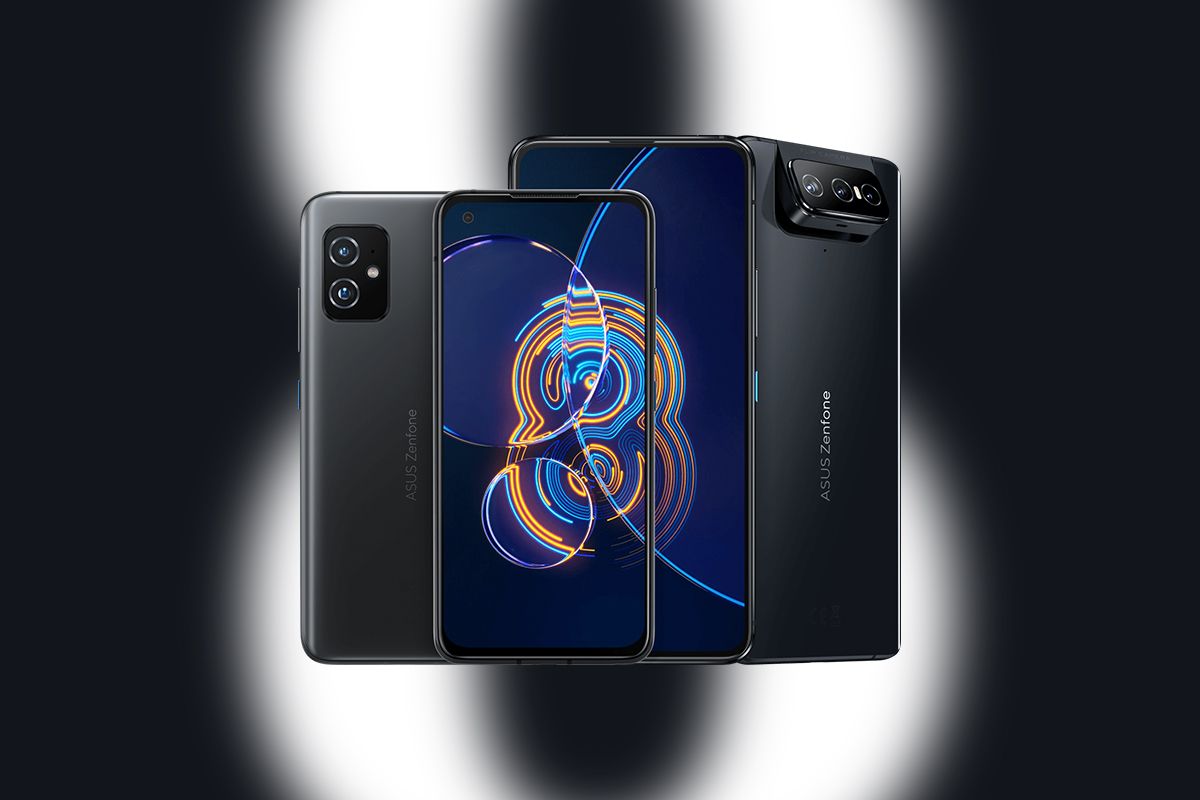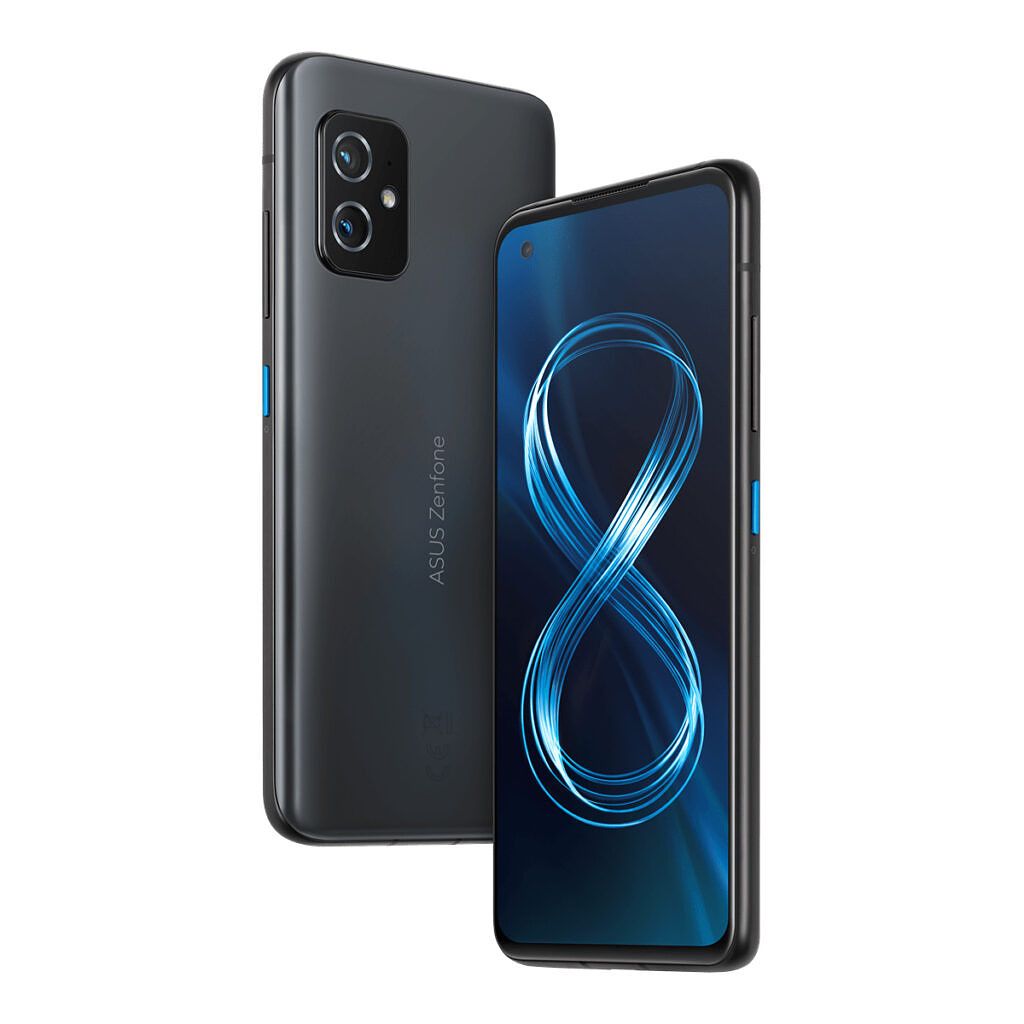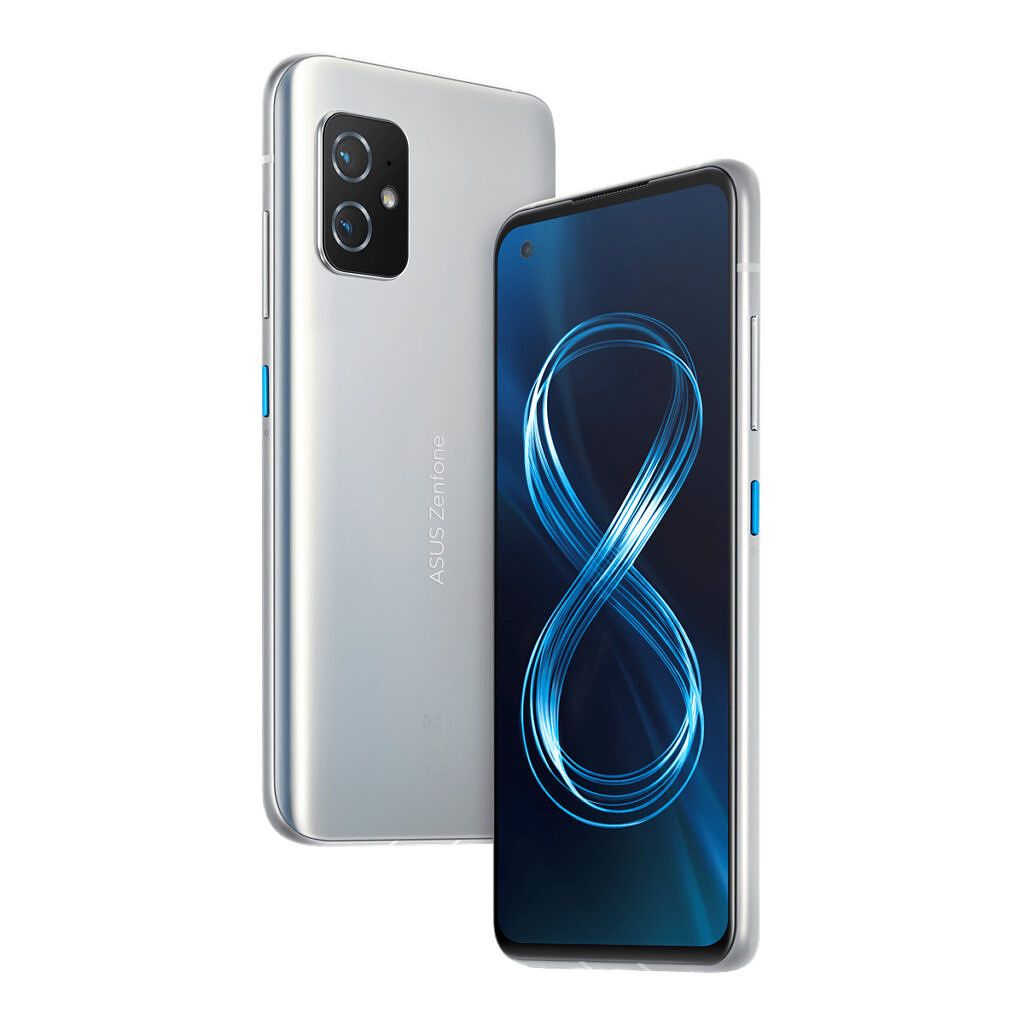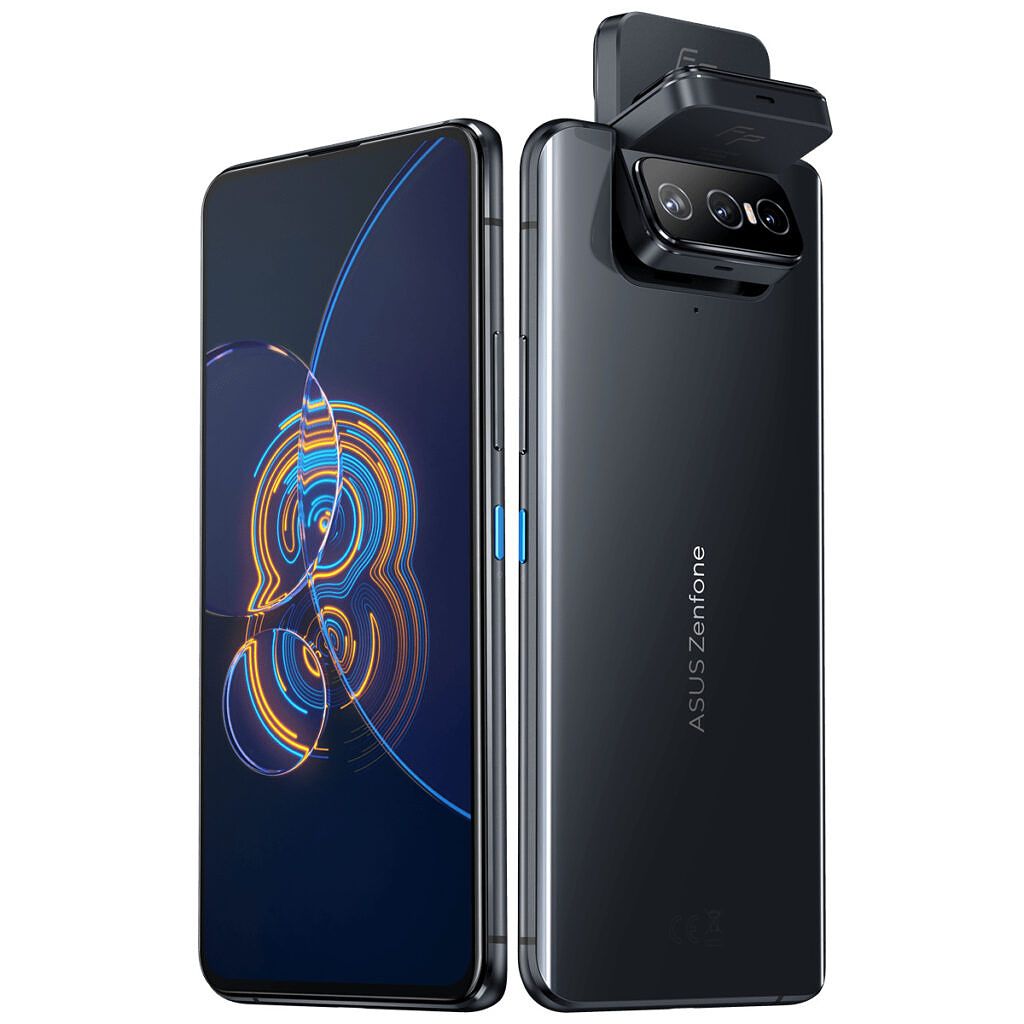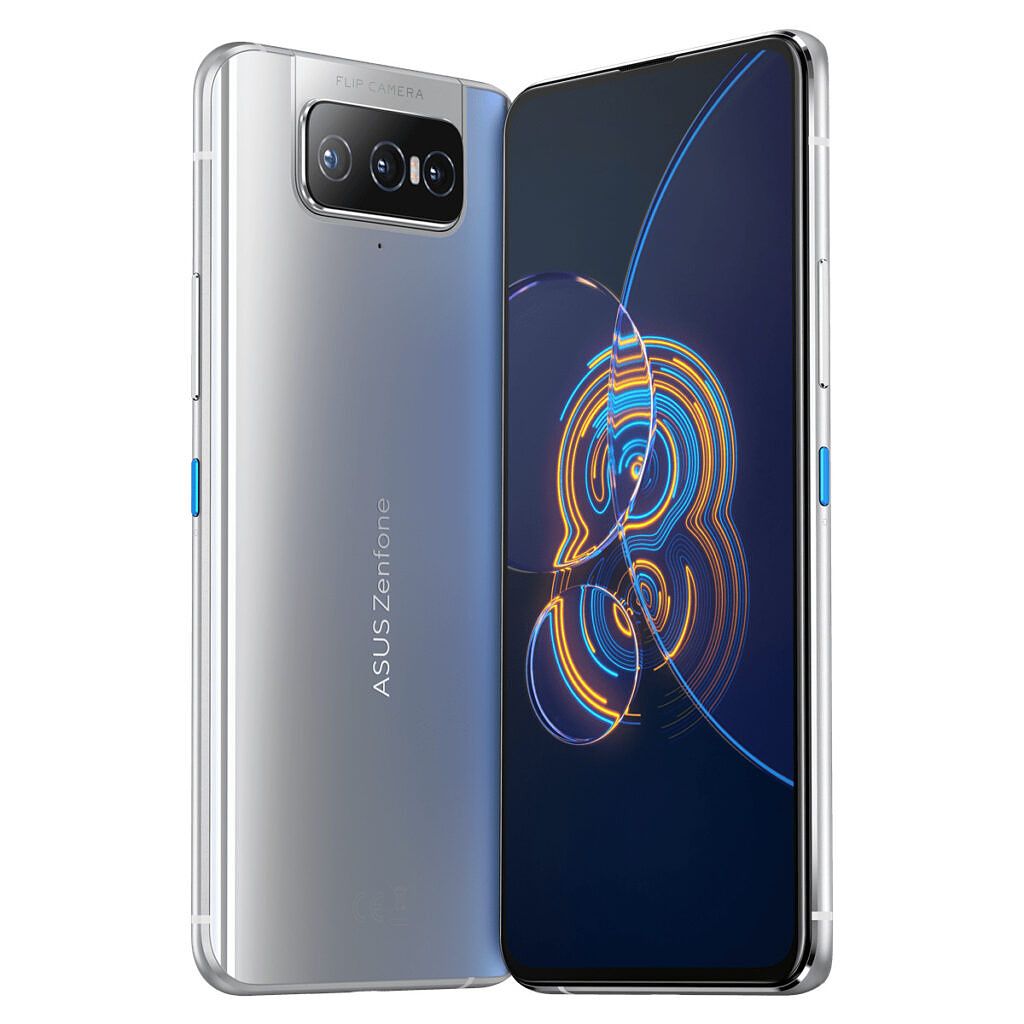Over the last few weeks, we saw several leaks and teasers about ASUS' flagship ZenFone 8 lineup. The company has now finally lifted the covers off the new devices, and they offer a host of premium features at a relatively affordable price. As seen in previous leaks, the ASUS ZenFone 8 lineup consists of two phones -- the ZenFone 8 and the ZenFone 8 Flip.
The vanilla ZenFone 8 is the compact flagship that ASUS has been hyping of late, and it offers pretty much everything you could want on a 2021 flagship in a small form factor. The ZenFone 8 Flip, on the other hand, is a true successor to the ZenFone 7 series from last year, and it retains the iconic flip camera mechanism and notch-less display that ASUS' flagships are known for. Read on to learn more about ASUS' new ZenFone 8 lineup.
ASUS ZenFone 8 series: Specifications
|
Specification |
ASUS ZenFone 8 |
ASUS ZenFone 8 Flip |
|---|---|---|
|
Build |
|
|
|
Dimensions & Weight |
|
|
|
Display |
|
|
|
SoC |
|
|
|
RAM & Storage |
|
|
|
Battery & Charging |
|
|
|
Security |
Optical under-display fingerprint sensor |
Optical under-display fingerprint sensor |
|
Rear Camera(s) |
|
|
|
Front Camera(s) |
|
- |
|
Port(s) |
|
|
|
Audio & Vibration |
|
|
|
Connectivity |
|
|
|
Software |
Android 11 with ZenUI 8 |
Android 11 with ZenUI 8 |
|
Sensors |
Accelerator sensor, E-Compass sensor, Proximity sensor, Ambient light sensor, Gyro sensor |
Accelerator sensor, E-Compass sensor, Proximity sensor, Ambient light sensor, Gyro sensor, Angle sensor, Hall sensor |
ASUS ZenFone 8
The vanilla ZenFone 8 is the star in ASUS' new flagship series. It's a compact phone that packs flagship hardware and comes at an affordable price. While ASUS has cut corners to get its price under €600, it still offers a well-rounded flagship experience. The phone packs a 5.9-inch Samsung E4 AMOLED display with a hole punch in the top left corner for the selfie camera. It's an FHD+ panel with a 2400 x 1080 resolution, 120Hz refresh rate, and 240Hz touch sampling rate. While it may not be as high-res as some of the other flagships we've seen earlier this year, it's much smaller, so users shouldn't notice much of a difference when comparing it with other more premium flagships.
The panel also boasts of a peak brightness of 1100nits, a typical brightness of 800nits, 112% DCI-P3 coverage, HDR10+ support, and a Delta E average of less than 1. Other display features include SGS Eye Care Display certification for low blue light emissions, DC Dimming support, Always-on Display capability, and 60Hz/90Hz/120Hz refresh rate support. Furthermore, the display features Corning's Gorilla Glass Victus for added durability.
Over on the back, the ZenFone 8 sports a rectangular camera island with rounded edges in the top left corner. The camera island is relatively small for today's standards and, as such, it only houses two sensors and a dual LED flash. These include a 64MP Sony IMX686 primary sensor with OIS and a 12MP Sony IMX363 wide-angle camera (113° FoV) with EIS. For selfies, the phone features a 12MP Sony IMX663 sensor with dual PDAF and 4K video recording capabilities.
At its heart, the ZenFone 8 houses Qualcomm's flagship Snapdragon 888 SoC, up to 16GB of LPDDR5 RAM, and up to 256GB of UFS 3.1 storage. Thanks to the Snapdragon 888's integrated Snapdragon X60 modem, the phone offers dual SIM dual standby 5G (SA/NSA) support. Other connectivity features include tri-band Wi-Fi (802.11 a/b/g/n/ac/ax), Bluetooth 5.2, NFC, a USB Type-C port with OTG support, and even FM radio (not supported in EU). Despite its small form factor, the ZenFone 8 also features a 3.5mm headphone jack, which should attract many buyers. Rounding off the hardware is a 4,000mAh battery that supports 30W wired fast charging, Qualcomm's Quick Charge 4.0, and USB PD 3.0 PPS.
The ZenFone 8 also comes with a couple of other noteworthy features, like IP68 certification for dust and water resistance, a linear vibration motor, an optical in-display fingerprint sensor, dual super linear speakers with Dirac HD Sound support, and a triple microphone array with OZO Audio Room and ASUS Noise Reduction technology.
Our full review of the ZenFone 8 is live after a month of use, and it goes over everything you should know before buying the phone.
ASUS ZenFone 8 Flip
As mentioned earlier, the ZenFone 8 Flip is a true successor to the ZenFone 7 series from last year. It's a larger phone that retains the iconic flip camera mechanism and the All-Screen NanoEdge display. While it's pretty much the same phone as the vanilla model, the ZenFone 8 Flip features a different display, an older design, and no headphone jack. ASUS has used a slightly inferior 6.67-inch Samsung AMOLED panel on the ZenFone 8 Flip, which might prompt more buyers to go for the compact model. It's an FHD+ panel with a peak refresh rate of 90Hz, 200Hz touch sampling rate, 110% DCI-P3 coverage, and 1000nits of peak brightness. It also features Gorilla Glass 6 protection instead of Gorilla Glass Victus, which has a lower drop resistance of 1.6m.
Much like the panel on the vanilla ZenFone 8, the one on the ZenFone 8 Flip offers HDR 10+ certification, SGS Eye Care Display certification for low blue light emissions, and a Delta E average of less than 1. Over on the back, the ZenFone 8 Flip features the same design as its predecessors. It has a centered camera island that can flip up to help you capture selfies or make video calls using the rear-facing cameras.
The camera island on the ZenFone 8 Flip features an additional 8MP telephoto sensor that offers 3x optical zoom and 12x digital zoom. The other two sensors are the same as the ones on regular ZenFone 8. As far as internal hardware is concerned, the ZenFone 8 Flip also packs Qualcomm's flagship Snapdragon 888 chip with the Snapdragon X60 integrated 5G modem, 8GB of LPDDR5 RAM, and up to 256GB of UFS 3.1 storage. Thanks to its larger form factor, the device houses a higher-capacity 5,000mAh battery that supports 30W wired fast charging, Qualcomm's Quick Charge 4.0, and USB PD 3.0 PPS.
Connectivity options on the ZenFone 8 Flip are mostly the same as those on the regular model, but there are a few minor differences. Unlike the ZenFone 8, the Flip model features dual-band Wi-Fi 6, a triple-slot SIM tray with a dedicated microSD card slot, no headphone jack, and no FM radio. For audio, the device features a dual speaker setup powered by dual NXP TFA9874 smart amplifiers and a triple microphone array with ASUS Noise Reduction technology. The device also lacks IP68 certification owing to its flip camera setup.
ZenUI 8 based on Android 11
On the software front, both ZenFone 8 models run ZenUI 8 based on Android 11. It's a lightly customized Android skin that offers the look and feel of stock Android with a couple of optimizations and improvements. These include several useful battery features, like custom charging limits, steady charging, and scheduled charging, five battery modes to help users quickly optimize battery usage on the fly, a new one-handed mode, and several display features. ZenUI 8 also offers an array of UI customization options, custom gesture support, power button customizations, an audio wizard, and ASUS Game Genie. ASUS is promising to deliver "at least" 2 major OS updates to both ZenFone 8 devices.
ASUS ZenFone 8 Forums ||| ASUS ZenFone 8 Flip Forums
Pricing & Availability
Based on the specifications mentioned above, the ASUS ZenFone 8 series falls squarely within the affordable flagship category, and the vanilla ZenFone 8 is priced as such. The phone starts at €599 for the 6GB + 128GB model, which makes it a great alternative to the Xiaomi Mi 11i, the Samsung Galaxy S21, and the OnePlus 9. On the other hand, the ZenFone 8 Flip is a bit too expensive for what it brings to the table. The phone costs €799 for its sole 8GB + 128GB variant, which isn't as impressive.
Both devices will be available in Europe starting tomorrow. The regular ZenFone 8 will be coming to the U.S. at a later date. Availability in other regions has not been confirmed yet.

